From Pera to Beyoğlu… The Story of the Neighborhood Names of İstanbul
Many legends about the history of İstanbul, the capital of great empires, have been passed down from generation to generation. So much so that even many tourists set out to discover this unique city just by hearing about these legends. The places where you can truly experience the deep-rooted heritage of İstanbul are the distinguished neighborhoods that host these legends. So, what are the stories of these neighborhoods, which bear witness to the depths of history? Here are the unforgettable stories of the neighborhood names of İstanbul…
Unkapanı

Unkapanı, one of the most vibrant spots in İstanbul, invites those who hear its name to the past. In the Ottoman Empire, goods such as flour, honey, grain, cotton, coffee and silk were brought to and sold at large scales called “kapan.” This state-controlled trade prevented the overpriced prices of provisions and facilitated public access to basic necessities.
Located very close to the Golden Horn, Unkapanı also hosted ships that were carrying barley and wheat. Over time, the influence of this trade and activity led to the name “Unkapanı” becoming etched in the minds of the region and, subsequently, the neighborhood.
Topkapı
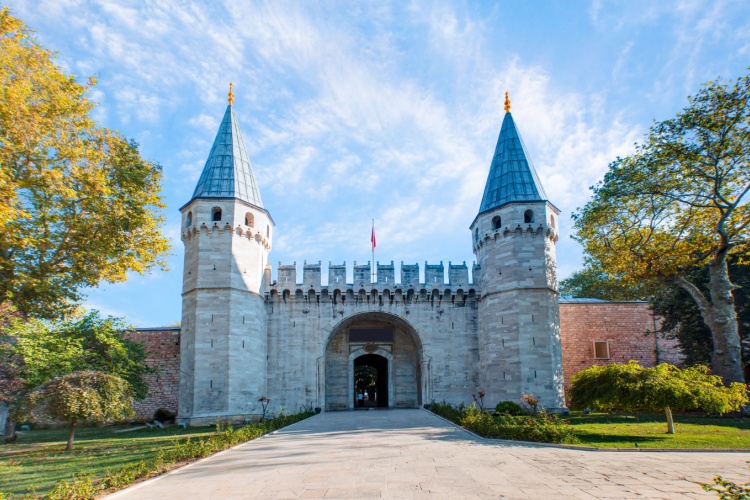
The district, which took the name Topkapı after the conquest of İstanbul, was actually once known as the “Ayios Romanos Church.” So, why did the name of the district change with the conquest?
During the conquest of Constantinople, Mehmed the Conqueror stationed hundreds of thousands of soldiers and heavy siege artillery here, taking steps that changed the fate of the city. After the conquest, these heavy artillery pieces remained in place for a long time and the area became known as Topkapı. It is also said that Topkapı was the first place that Mehmed the Conqueror entered the city and the story of the name derives from this event.
Caddebostan
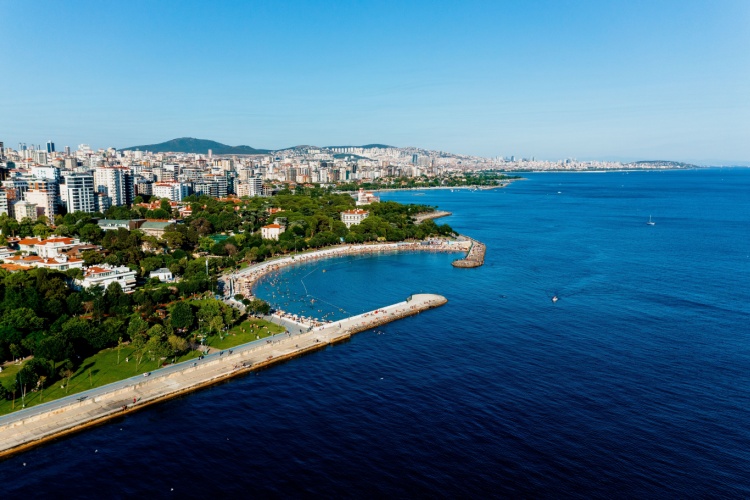
During the Ottoman era, Caddebostan was a lush, tree-covered area. Deserters and criminals of the time often took advantage of this atmosphere to hide here. For this reason, police patrolling the area nicknamed it “Cadı Bostanı (Witch’s Garden).” As this phrase was repeated, it first became “Caddebostanı” and then took on its current form.
Another legend is based on the story of Evliya Çelebi. According to Çelebi, the area was called “Cadı Bostanı (Witch’s Garden)” because women practicing witchcraft once lived in the area. This expression eventually became known as Caddebostan in our language. It is unknown which narrative is closer to the truth but both stories bear a trace of the mystical atmosphere and history of the region.
Beykoz
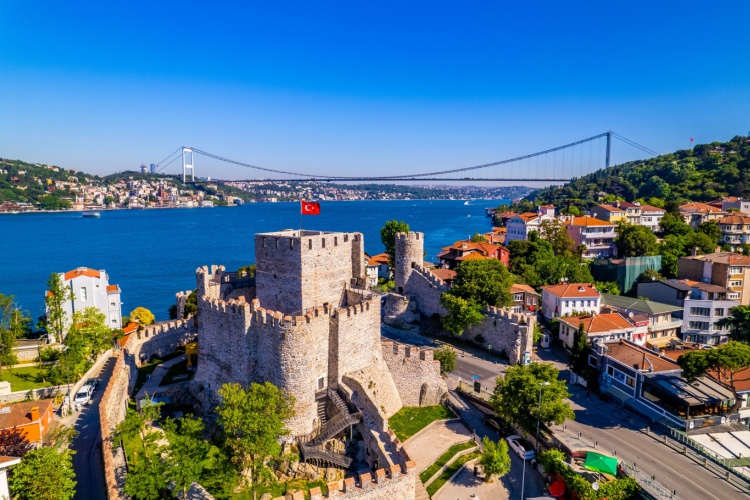
There are two interesting stories about the name Beykoz. The first is that the Governor of Kocaeli resided in this region. When describing the area, people added the Persian word “kos,” meaning “village,” to the Turkish word “bey,” and called it “Beykos.” Over time, Beykos evolved into Beykoz.
According to another story, Beykoz used to have numerous walnut trees. At that time, “kos” meant “walnut,” so the area was called “Binkos.” This name, in turn, evolved into Beykoz.
Beyoğlu
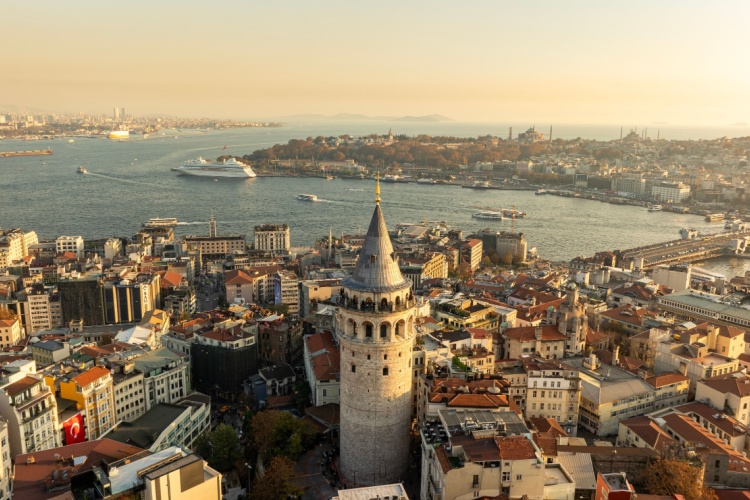
Now it is Beyoğlu’s turn, located in the heart of İstanbul, where every corner tells a story. During the Byzantine period, Beyoğlu was called Pera, meaning “the opposite shore.” There are different accounts of how the district became known as Beyoğlu during the Ottoman period.
The first rumor is that during the reign of Suleiman the Magnificent, the son of a Venetian ambassador was called “Bey oğlu” by the Turks. With “Bey oğlu” living near Taksim, the area eventually became known as Beyoğlu.
Another story is that during the reign of Mehmed the Conqueror, a Pontic prince converted to Islam and began living in the area. This is why the area was named “Beyoğlu.”
Another story suggests that correspondence between Suleiman the Magnificent and the district played a role in the origins of the district’s name. Suleiman the Magnificent would constantly address the Venetian ambassador living here as “Bey oğlu” in his correspondence. Thus, over time, the area came to be known as Beyoğlu.
Pera Palace Hotel for an Unforgettable Experience in Beyoğlu!
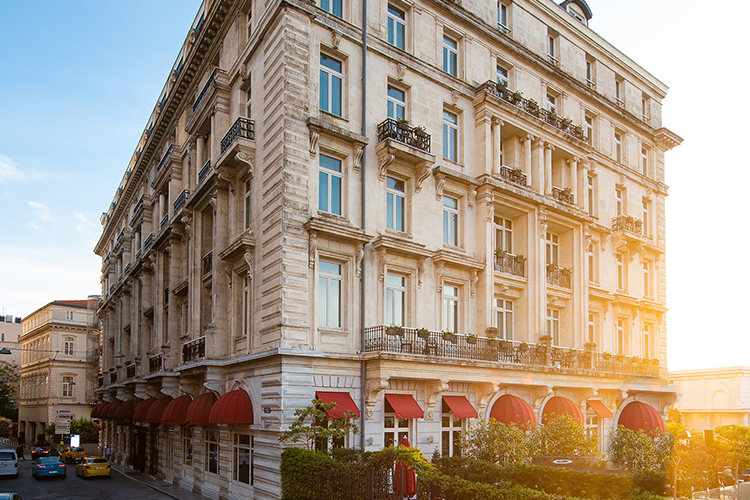
Just like other districts, every story that carries the name of Beyoğlu to the present day reminds us of its unique place in history. With its history dating back to the Byzantine period and its structure reflecting the cultural heritage of Türkiye, Beyoğlu is a must-see for any guest that is visiting İstanbul.
Pera Palace Hotel has been serving as a significant contributor to this cultural heritage for years. Its proximity to the city center allows you to comfortably enjoy İstanbul, while its superior service adds a touch of distinction to your holiday. For an experience that combines the elegance of the past with modern comfort, visit Pera Palace Hotel!
You might also be interested in these articles:
• The Heart of Beyoğlu: Pera’s Interesting History
• Historical Buildings in Beyoğlu and Their Stories
• Landmarks of İstanbul
• 10 Novels You Will Travel to Old İstanbul While Reading
• A Magnificent Witness to History: Pera Palace Hotel



